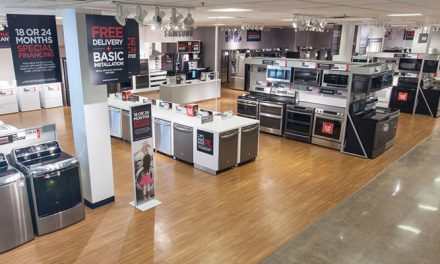 Wages for US workers grew 3.2 per cent over the last year, increasing the average wage level by $0.88 to $28.93 an hour, according to the ADP Research Institute Workforce Vitality Report (WVR) released recently. The wage growth of 3.2 per cent corresponds to the Bureau of Labour and Statistics (BLS) numbers of 2.9 per cent published this month.
Wages for US workers grew 3.2 per cent over the last year, increasing the average wage level by $0.88 to $28.93 an hour, according to the ADP Research Institute Workforce Vitality Report (WVR) released recently. The wage growth of 3.2 per cent corresponds to the Bureau of Labour and Statistics (BLS) numbers of 2.9 per cent published this month.
“The final quarter of 2019 was marked with a slight deceleration in job growth and wage growth was unchanged,” said Ahu Yildirmaz, Co-Head of the institute. “Wage growth for holders and entrants decelerated, whereas switchers experienced acceleration,” he said.
Earlier this year, job holders, job switchers, and entrants saw wage growth of 5 per cent or better; however, job holders are now seeing only 4.6 per cent growth, entrants stand at 4.9 per cent, and switchers came in at 5 per cent, according to a report from the company.
Wage growth across industries had been tightly clustered between 3.5 per cent and 4.5 per cent; however, the differences are becoming clearer. Resources and mining continues to be the weakest performer, with wages falling year-over-year. Education and health services also experienced low wage growth at 1.8 per cent, less than half the rate from one year ago.
However, job holder wage growth in education and health services remains above 4 per cent and employment growth is among the strongest of any industry, indicating that overall wage growth is likely being weighed down by changes in industry worker composition.
Workers in the Midwest outpaced other regions with 3.9 per cent wage growth, although the hourly wage rate was the lowest at $27. The Midwest also experienced the lowest employment growth at 0.8 per cent. Job switchers fared best in the West experiencing a wage growth of 6.7 per cent, while job entrants in the Northeast fared the best with wage growth of 6.2 per cent.
By firm size, workers at large firms had the highest wage growth rate at 3.4 per cent, with employment growth at 3 per cent.
 Wages for US workers grew 3.2 per cent over the last year, increasing the average wage level by $0.88 to $28.93 an hour, according to the ADP Research Institute Workforce Vitality Report (WVR) released recently. The wage growth of 3.2 per cent corresponds to the Bureau of Labour and Statistics (BLS) numbers of 2.9 per cent published this month.
Wages for US workers grew 3.2 per cent over the last year, increasing the average wage level by $0.88 to $28.93 an hour, according to the ADP Research Institute Workforce Vitality Report (WVR) released recently. The wage growth of 3.2 per cent corresponds to the Bureau of Labour and Statistics (BLS) numbers of 2.9 per cent published this month.












